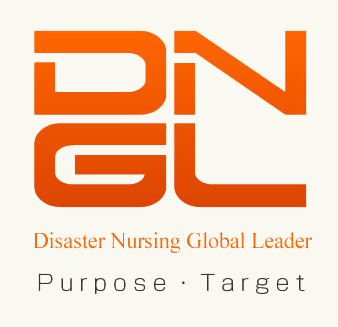
Japan is a country of earthquakes. Kochi Prefecture is no exception that periodically struck by a large earthquake that is known as the Nankai Earthquake. The Ministry of Land, Infrastructure and Transport (MLIT) Shikoku Regional Development Bureau, Division of Planning Department Disaster Prevention held tsunami evacuation drills in Kochi on November 5, 2016 which is designated as the 'World Tsunami Awareness Day'. The drills would be supposing a large-scale earthquake occurred at 9:20 AM causing a major tsunami. One goal of this training was to improve the capabilities of the disaster response headquarters of the prefectural and municipal governments, and to improve collaboration with the police, fire department, and self-defense forces. Another goal was to increase disaster preparedness for the area as a whole by having civilians, including members of volunteer fire departments and community-based disaster prevention organizations.
There were various events and a lot of organizations including civil defense, police and fire department planned the disaster drills. Also, three DNGL students and six nursing college students from University of Kochi participated in this disaster training. Emergency service agencies simulated search and rescue operations and the handling of injuries. In this drills, DMAT teams performed triage and first aid on injured people. In situations such as disasters where a large number of injuries occur at once, triage is used to classify the injured by severity, such as by using colored tags (red for high priority and immediate treatment, yellow for priority treatment, green for minor injuries, black for death people). This improves the efficiency of treatment and makes it possible to save more lives.
With everyone's cooperation, we can minimize the damage and save many lives. Several lessons were learned about safety procedures, additional supplies, communication improvements, and so on that can be incorporated into a future exercise. In addition to the hard aspects of disaster prevention measures, we also learned about the soft aspects of measures, such as community-based disaster risk reduction, operation of evacuation shelters, and participation in an evacuation drills. -(summarized by Hastoro Dwinantoaji, Megumi Nishigawa, and Kosuke Sasaki)-


|
HOME > 活動報告 > Reinforcing Preparations for Nankai Earthquake in Kochi Prefecture on the 'World Tsunami Awareness Day'
Reinforcing Preparations for Nankai Earthquake in Kochi Prefecture on the 'World Tsunami Awareness Day' |
|
|
このプログラムは、文部科学省「平成24年度博士課程教育リーディングプログラム」に採択されて実施しています。
|
